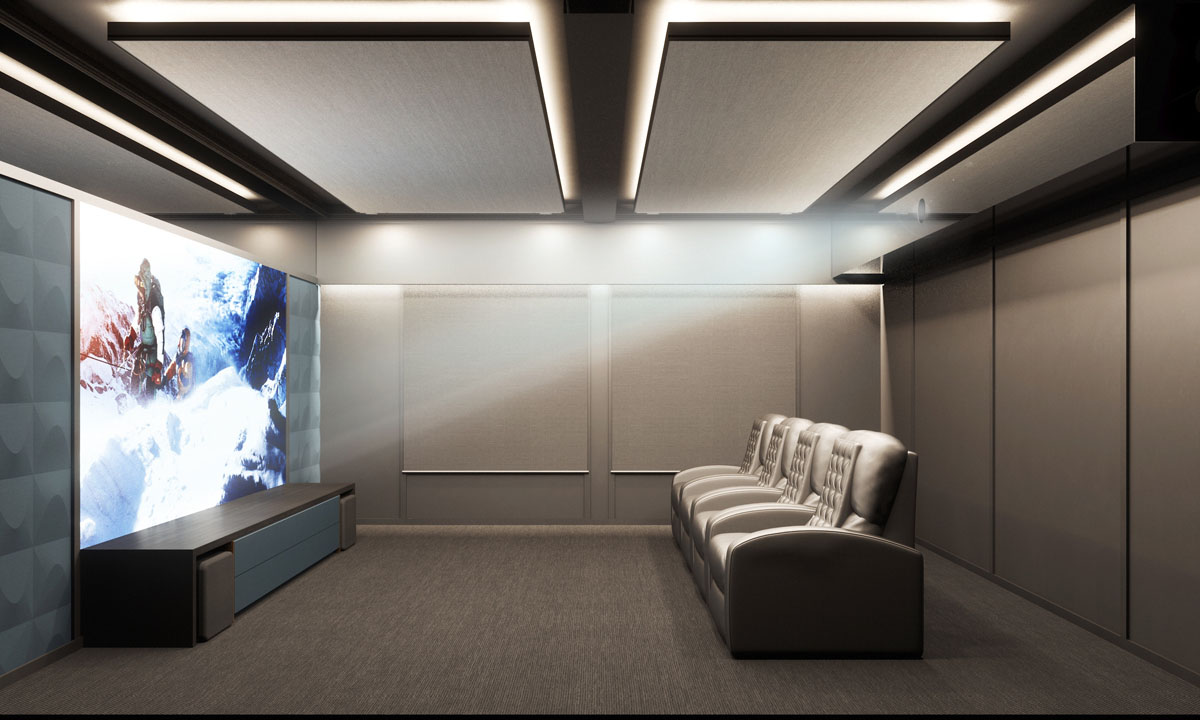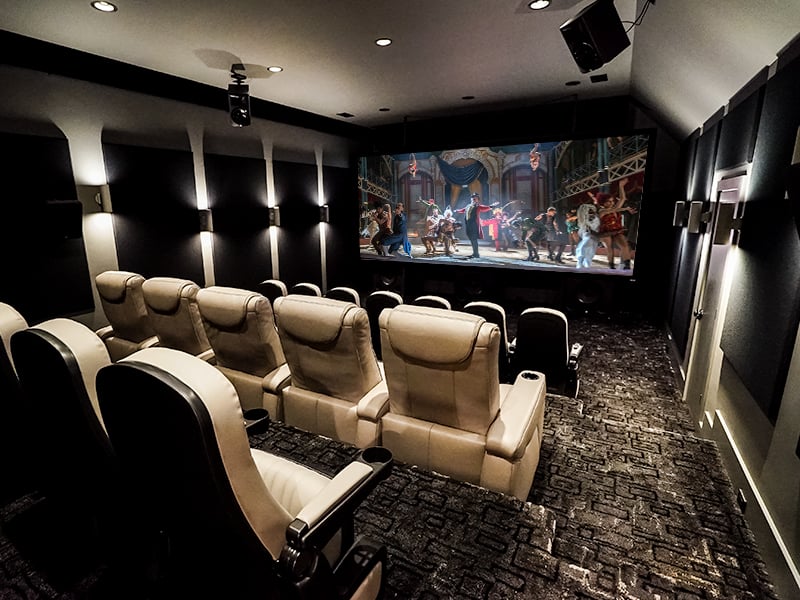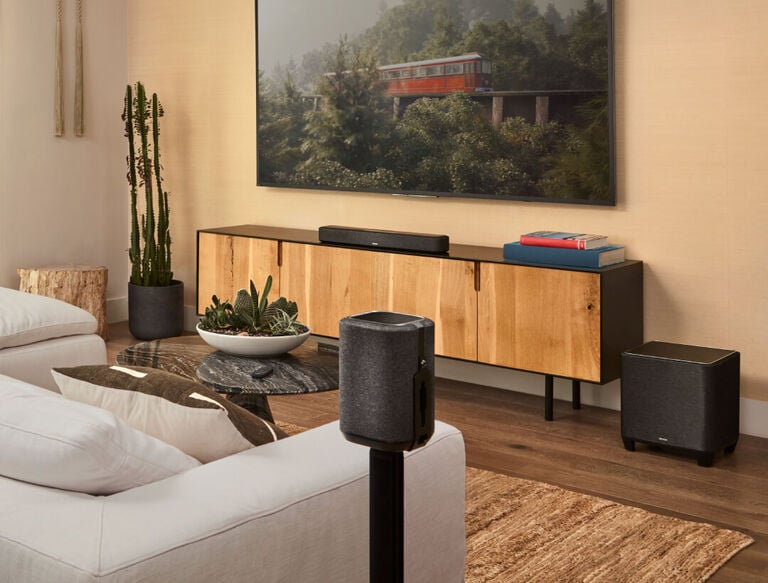Innovative Home Theater Tampa Ideas for the Modern Home
Innovative Home Theater Tampa Ideas for the Modern Home
Blog Article
Home Theater 101: Whatever You Need to Know for a Motion Picture Experience in your home
Developing a home movie theater that equals the motion picture experience of a commercial theatre includes mindful factor to consider of several parts, including display option, stereo, and room format. Each aspect plays a critical function in attaining the preferred atmosphere and capability. Whether you are pondering the ideal display dimension or the details of surround audio, recognizing these basics is vital. As we discover these important components, it becomes noticeable that the options made can significantly affect your overall viewing experience, leaving one to contemplate how these decisions will certainly form your personal cinema.
Choosing the Right Screen
When setting up a home movie theater, picking the right screen can make or damage the checking out experience - home theater tampa. The display works as the centerpiece of your arrangement, influencing picture top quality, watching angles, and general aesthetic. Secret variables to think about include screen type, resolution, and dimension
Initially, determine the appropriate display dimension based on your room measurements and seating range. A basic guideline is to sit approximately 1.5 to 2.5 times the diagonal screen dimension for optimum viewing. Next off, pick between numerous screen types, such as fixed-frame, motorized, or retractable displays, each offering distinctive benefits. Fixed-frame screens normally provide the very best picture high quality, while mechanized options enable adaptability precede use.
Resolution is an additional crucial element. For a truly immersive experience, consider a display created for 4K or perhaps 8K content, making sure intensity and quality. Furthermore, consider the screen's gain, which impacts brightness and contrast; a greater gain can enhance brightness in well-lit spaces, while a reduced gain may be preferable for darker atmospheres.
Selecting Audio Equipment
Audio tools is an important part of any home movie theater system, significantly enhancing the overall watching experience. The choice of audio gear can figure out the depth, quality, and immersion of audio, important for creating a cinematic ambience.
When picking audio equipment, consider a border sound system, which typically consists of a receiver, numerous speakers, and a subwoofer. A 5.1 or 7.1 channel system is advised, where the initial number stands for the audio speakers and the second the speaker, offering an immersive soundscape. The receiver is the heart of the system, managing audio and video signals, and should support modern-day styles like Dolby Atmos for a boosted spatial experience.
Quality audio speakers are necessary; try to find models that offer a balanced sound account with great bass feedback. Floor-standing audio speakers can create richer sound, while bookshelf options conserve area. In addition, think about cordless options for simplicity of setup, although wired systems commonly deliver remarkable performance.

Optimum Seating Plans
Producing a suitable home cinema experience hinges significantly on ideal seating arrangements. The setup of seats plays an essential duty in both comfort and seeing top quality, straight impacting the general cinematic experience.
First, think about the display dimension and seeing distance. A common standard is to place seats at a range about 1.5 to 2.5 times the angled dimension of the screen. This makes sure an immersive experience without stressing the eyes.
Following, elevation is important. The back rows need to be higher than the front to avoid obstructions if your seating is in a tiered format. For level seating, make certain that the front row is not also close to the display, and that everyone has a clear line of sight.
Additionally, think about the arrangement in terms of social dynamics. Group seating can improve the public published here experience, while private seats might be liked for personal viewing.

Last but not least, focus on convenience with ergonomic seats that supports prolonged watching durations. Integrating recliners or supported seats can substantially improve the experience, making the home cinema a favored location for both home entertainment and leisure.
Lighting and Ambiance
Efficient illumination and ambiance are important components of a well-designed home theater, as they considerably affect the seeing experience. The best lighting can improve the motion picture feel, while inadequate choices can detract from it. For ideal outcomes, think about a layered illumination method that consists of ambient, job, and accent lights.
Ambient lighting gives general lighting, making certain that the room is not totally dark, which can strain the eyes. Dimmer buttons are highly advised, allowing for changes based on the content being seen. Job lighting, such as wall surface sconces or floor lights, offers practical illumination for tasks like analysis or browsing the space without interfering with the general environment.
Accent illumination can be made use of to highlight architectural features or produce centerpieces, adding deepness and passion to the area. LED strip lights behind displays or along racks can offer a subtle radiance that boosts the visual experience without frustrating the audience.

Wiring and Installation Tips
A tactical circuitry arrangement is important for attaining ideal efficiency in your home movie theater system. Proper wiring not just guarantees high-quality sound and video clip signals however also enhances the general aesthetic of your room. Begin by mapping out your format, identifying where each component will be positioned, including your display, speakers, and receiver.
When picking cords, focus on top notch, appropriately determined electrical wiring to lower signal loss. HDMI wires ought to be utilized for video links, while audio speaker cord ought to match the specs of your speakers and amplifier. Go with in-wall ranked cords to abide by safety standards and keep a clean look.

Final Thought
In recap, producing an exceptional home theater experience requires mindful consideration of numerous elements, consisting of screen selection, audio devices, seating setups, lights, and circuitry. Each element plays a critical role in achieving ideal performance and atmosphere, inevitably enhancing the enjoyment of home enjoyment. By prioritizing these factors, a cinematic ambience can be successfully duplicated, enabling immersive viewing experiences that measure up to conventional theater settings. Attention to detail in each area is necessary for overall contentment.
Creating a home theater that rivals the motion picture experience of find out here now a commercial theater entails careful consideration of multiple elements, consisting of display selection, audio systems, and area layout.When setting up a home cinema, selecting the best display can make or break the viewing experience. Next off, pick in between different screen kinds, such as fixed-frame, mechanized, or retracting displays, each offering distinctive benefits. For a genuinely immersive experience, think about a display designed for 4K or also 8K content, making sure sharpness and clarity.In summary, creating an extraordinary home theater experience requires mindful factor to consider of numerous components, including display option, audio equipment, seating plans, lights, and circuitry.
Report this page